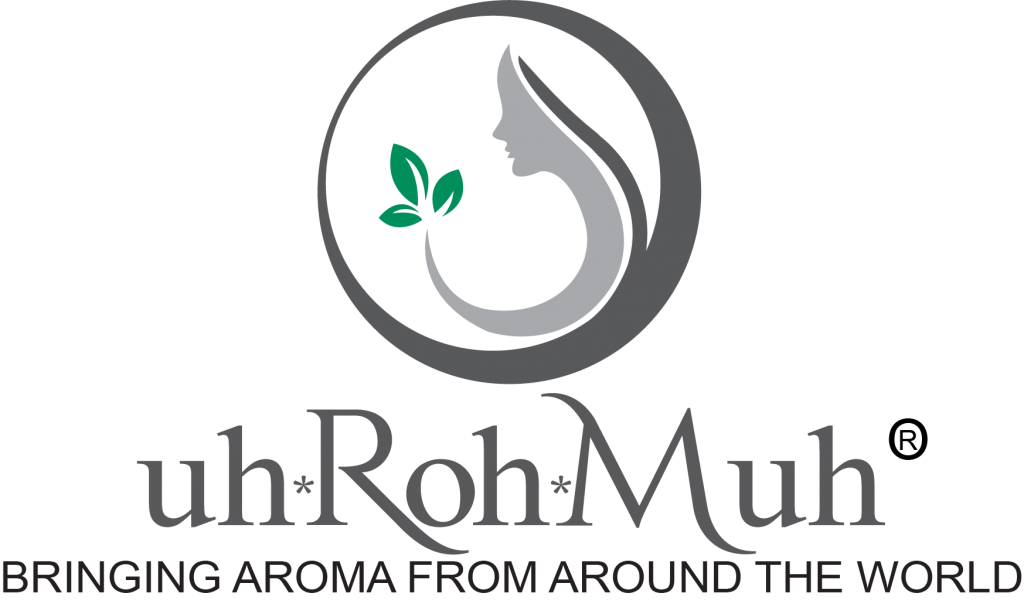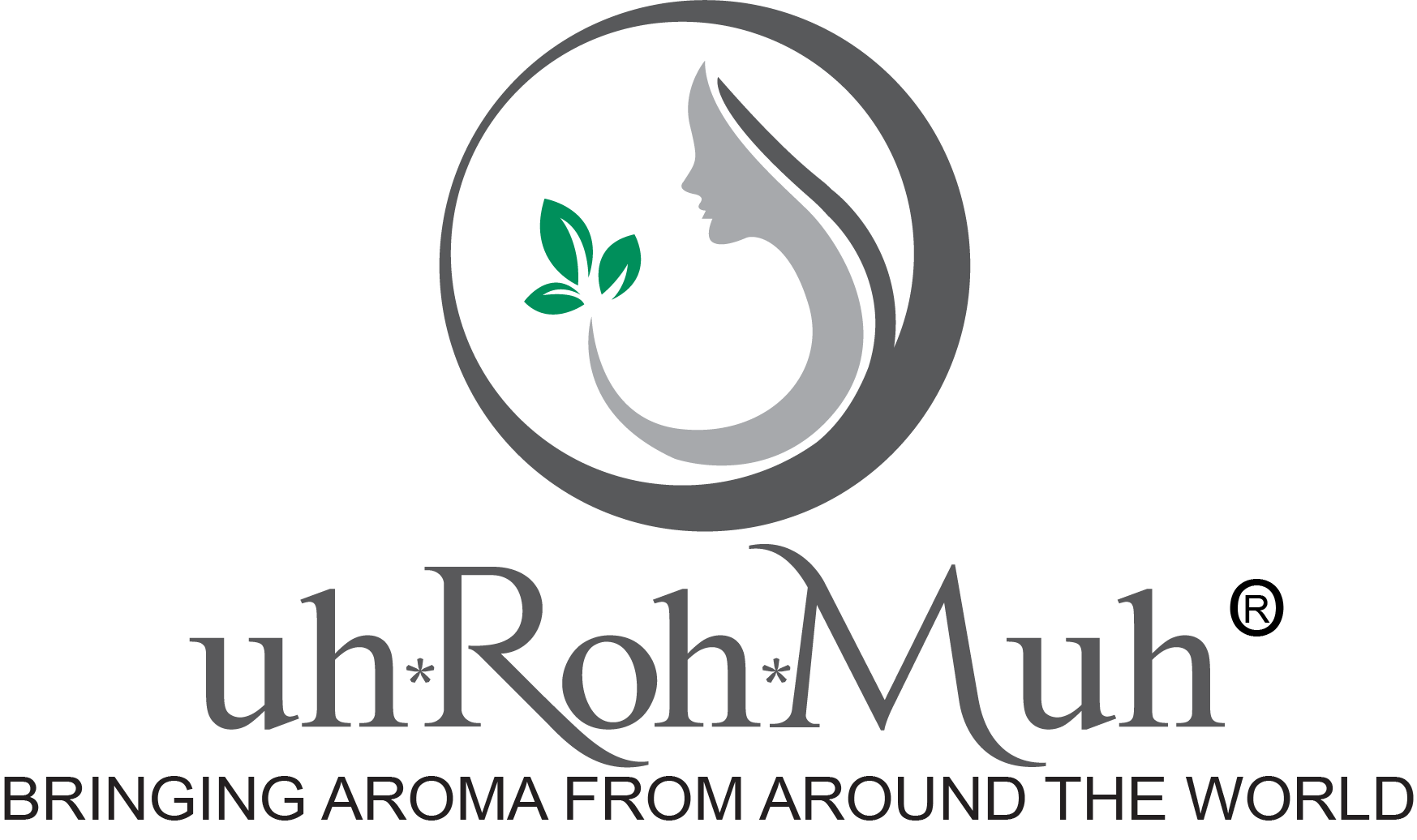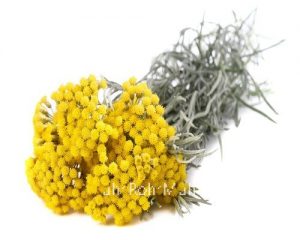Helichrysum Essential Oil
As one of the rarest and costliest essential oils, Helichrysum essential oil is famous for its many health and lifestyle benefits. It’s a natural medicinal plant that notably possesses potent anti-inflammatory, antioxidant, restorative, and tonic attributes.
Helichrysum essential oil is often used as an ingredient in skin care formulas and is reputed to reduce the rate of aging by treating wrinkles and stretch marks.
Helichrysum Essential Oil: Main Ingredients
Helichrysum is very sensitive to climate and soil composition; a fact that makes it difficult to find therapeutic grade quality suitable for oil production. Any changes in the plant’s environment can significantly affect the chemical structure of the extracted oil.
Helichrysum oil primarily consists of neryl-acetate, alpha-pinene, and beta-pinene, camphene, myrcene, limonene, linalool, cineole, nerol, geraniol, and eugenol.
Neryl-acetate is the compound most affected by external conditions in the plant’s lifetime. Although many species contain little to moderate amounts of neryl-acetate, the ester makes up 40 to 65 percent of the oil extracted from Helichrysum italicum. Neryl-acetate is prized for its anti-inflammatory and pain-relief properties.
Helichrysum Essential Oil: Types
Because Helichrysum is vulnerable to environmental variation, every region grows its own plant species and produces its unique essential oil. In addition to Helichrysum italicum, the other species commonly distilled are Helichrysum odoratissimum, Helichrysum bracteiferum, and Helichrysum gymnocephalum.
Oils from all species have many underlying similarities, but the few differences are vital in determining each variety’s therapeutic properties.
- Helichrysum italicum Essential Oil
Produced in the Mediterranean region, this variety is famous for its distinctively high concentration of neryl acetate. It also contains decent amounts of curcumene, which gives it cell rejuvenation and tissue healing powers.
Helichrysum italicum oil is the most widely used Helichrysum. It’s favourable in the treatment of muscle spasms, irritable bowel syndrome, aches and spastic coughing. Skin therapists also use it to treat various conditions and maintain healthy skin.
- Helichrysum odoratissimum Essential Oil
This type comes from the temperate region of South Africa. It boasts an excellent balance between pinenes and cineole, making it a compelling anti-inflammatory, antispasmodic, and analgesic agent.
Helichrysum odoratissimum Oil is especially useful for relieving head and chest pains and inflammation that result from respiratory infections. Sinus headaches respond well to the oil’s vapors. It’s also usually combined with Helichrysum bracteiferum to treat complex conditions of the immune and nervous systems.
- Helichrysum bracteiferum Essential Oil
This lesser known variety is produced in Madagascar. As the rarest variety of Helichrysum, it is unique for its humulene and caryophyllene content, both of which support the immune system, prevent blood clots and tissue inflammation, and treat a variety of microbial and parasitic infections.
The aroma of Helichrysum bracteiferum has a slight tinge of pine, which distinguishes it from oils derived from the other Helichrysum species.
- Helichrysum gymnocephalum Essential Oil
Helichrysum gymnocephalum grows in Madagascar and South Africa. Its oil possesses the highest content of cineole among the Helichrysum species, and, as a result, it’s known to provide deep healing for body tissues, organs, and systems. It also harbors para-cymene, which gives it exceptional strength in reducing pain, infection, and tension throughout the body.
Helichrysum essential oil in history
The name “Helichrysum” originates from the Greek word “helios” which means “sun” and “chrysos” which indirectly translates to “gold,” referring to the flower’s colour.
There are over 600 species of Helichrysum and, sometimes, they are interchanged and substituted in the making of essential oils. However, the variety that is most commonly used is Helichrysum italicum. It is native to the Mediterranean region and Asia, where it grows in daisy-like bunches on dry, rocky or sandy areas.
Records of the historical use of Helichrysum are scarce, but there is conclusive evidence to support its employment in ancient Greece and Italy, where it was used in herbal medicine, as well as in culinary delights to give sauces a curry-like scent and taste.
Other reports claim that Helichrysum was also popular as traditional medicine in South Africa, and was trusted in the treatment of severe inflammation and rheumatism. South Africans also used the long-lasting Helichrysum flowers to decorate their clothes and enliven their homes.
Helichrysum’s stems are woody at the base but become fleshy towards the tip. The plant can reach a height of three feet, and in the summer, yellow, golden blossoms are produced. The flowers have a strong curry scent, and they retain their colour even after picking. Because of these two characteristics, Helichrysum is often called the curry plant and Everlasting immortelle.
In modern times, Helichrysum has become increasingly valuable for its essential oil, which is extracted from the plant’s flowers by steam distillation. When fresh, the oil is consistently thin, with a light yellow shade and a strong, fresh, earthy, and herbaceous aroma.
Helichrysum oil uses
Herbalists and biologists consider Helichrysum a medicinal oil because it exhibits natural antibiotic, antifungal, antimicrobial, antispasmodic, anti-hematoma, nervine, and tonic characteristics, among many other beneficial qualities.
The most common uses of Helichrysum essential oil include:
Promotes Skin Health: Helichrysum oil supports the health of the skin in several ways. First, being a strong antiseptic, it cleans the surface and prevents the growth of bacteria and fungi, both of which can cause various skin irritations, such as acne, rashes, hives, redness, and infections.
Additionally, Helichrysum can help to hydrate dry skin and relieve sunburn pain. When used as sunscreen, it blocks harmful UV-light damage, which can contribute to skin cancer. The oil also acts as an astringent to decrease the signs of aging and stiffen saggy skin.
To benefit from Helichrysum’s soothing and healing effects on the skin, add a drop or two into your daily lotion, or mix it with either coconut oil or jojoba oil, and gently massage your face and body.
Tonic: Helichrysum positively affects the circulatory system in two ways. Firstly, it can act as an anti-inflammatory and anticoagulant agent. Not only does it relieve internal swelling in tissues, but it also clears blood clots which, when left untreated, can lead to hematoma, hypertension, cardiac arrest, among others.
Like Frankincense, Helichrysum is known to support the neurological system and, consequently, alleviate the symptoms of disorders like multiple sclerosis.
The oil has a toning impact to the nerves and the brain, where it improves basic functioning, concentration, and coordination.
Furthermore, inhaling the oil’s vapors relaxes the mind, nerves, and muscles. This regulates blood pressure, prevents uneven circulation and improves heart health.
Relieves muscle and tissue pain: Applying Helichrysum essential oil on a painful area provides quick relief by lowering inflammation and improving blood flow. Helichrysum promotes the healing of nerves, joints and muscle tissue, and is, therefore, an effective natural treatment for exercise-related sprains, fibromyalgia, and arthritis.
Herbalists frequently blend Helichrysum with lavender to produce a very effective natural treatment for external injuries.
Stimulates the digestive system: Helichrysum has recently been found to exhibit stimulating qualities, which are useful to body systems, particularly the digestive tract.
When diluted in warm water or fruit juice, Helichrysum heightens the secretion of gastrointestinal enzymes needed to break down food and, therefore, prevents indigestion, relieves digestion-related stomachaches, and inhibits the formation of gas.
The antibacterial properties of Helichrysum also find use in the gut, where the oil gets rid of internal parasites and encourages a steady absorption of nutrients.
Prevents cancer: Extensive research has been done to substantiate Helichrysum’s presumed abilities as a cancer shield. The essential oil contains special flavonoids, which are antioxidant in nature. When these compounds find their way into the body, they prevent oxidation of cells and tissue, which usually leads to rapid degeneration and cancerous tumors.
Moreover, Helichrysum is known to protect against radiation-induced DNA damage and cell mutation. Because of its generous concentration of acetophenones and phloroglucinol, it exhibits powerful photoprotective activities.
Boosts immunity: Helichrysum essential oil promotes the health of the immune system by dealing with circulatory problems that inhibit the seamless flow of blood. Blood delivers oxygen and nutrients more efficiently, and when a pathogen attacks, lymphocytes are quickly transported to the affected area.
Also, the oil’s gut healing and stimulating properties help to effectively boost immunity by inhibiting harmful bacteria, fungi and viruses, and encouraging the steady absorption of nutrients.
Detoxification: Helichrysum can serve as a detoxifier and liver stimulant due to its antispasmodic and blood purification properties. It is used in the treatment of liver diseases and detoxifying the body from toxins, heavy metals, bacteria and air pollution.
Besides, when mixed with lemon, it can reduce the risk of kidney stones by supporting and detoxifying the kidneys and liver. Simply put two drops of lemon in your water and then add helichrysum oil. Thereafter, rub topically over your lower abdomen two times daily.
Additional Benefits: Helichrysum essential oil acts as a natural treatment to Candida and can reduce the pain & swelling of hemorrhoids.
Contraindications
Helichrysum is considered a very tolerable essential oil. However, there have been a few isolated cases of skin sensitization and allergies. To test for unusual sensitivity, always perform a patch test before extensively applying it to the skin.
People with bleeding disorders or haemorrhage should avoid Helichrysum essential oil, because it’s a strong anticoagulant and can, therefore, increase the risk of bleeding out. The same goes for those who have recently undergone surgery and have partly healed internal wounds.
Helichrysum can be used internally, in precise doses, by pregnant women. But when ingested in large amounts, Helichrysum’s anti-clotting influence may lead to uterine bleeding and a miscarriage.
Because of its rarity, dubious producers and suppliers are known to substitute certain quantities of Helichrysum with other organic and non-organic substances. For both topical and internal use, therefore, always insist on the highest quality, therapeutic-grade essential oil.
Disclaimer
These statements have not been evaluated by the Food and Drug Administration. This product is not intended to diagnose, treat, cure or prevent any disease. If you are pregnant, nursing, taking medication, or have a medical condition, consult your physician before using this product.




You must be logged in to post a comment.